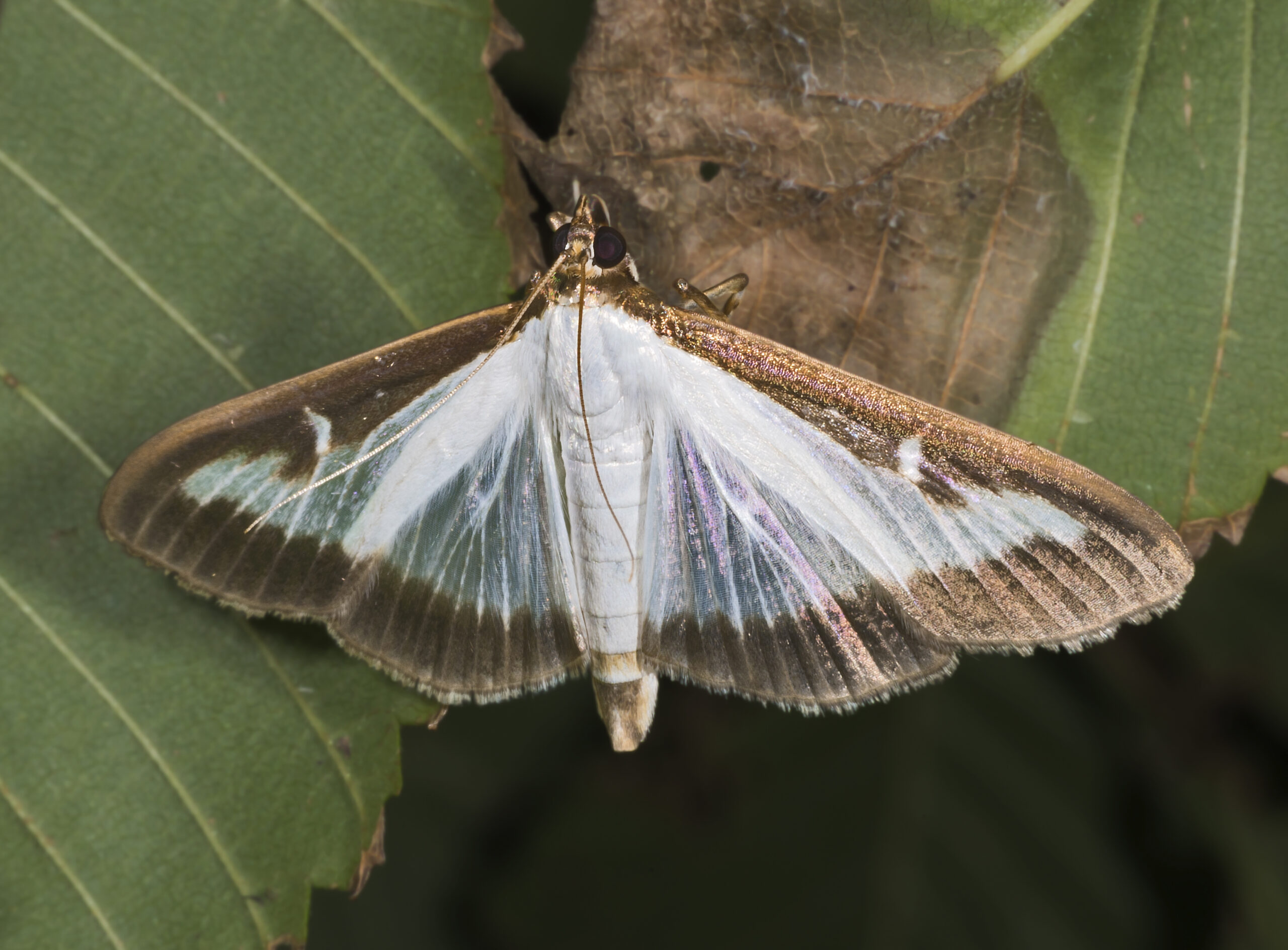By Russell M. Gullo
If you’re a gardener in Western New York, there’s an important new pest on the loose to know about: the Box Tree Moth (Cydalima perspectalis). Originally from East Asia, the Box Tree Moth was first detected in North America in 2018, and has since spread rapidly. In Western New York, the first spottings were in Niagara County in July of 2021. Since then, it has been confirmed in several parts of the region, and it poses a serious threat to boxwood plants — a landscape favorite known for its evergreen beauty and versatility.
What Is the Box Tree Moth?
The Box Tree Moth is a small, white or brown moth that lays eggs on boxwood leaves. When the larvae (caterpillars) hatch, they feed aggressively on the foliage, stripping plants bare in no time. Severe infestations can kill entire boxwood plants.
These pests are sneaky: they can be hard to spot until the damage is done. Keep an eye out for:
- Chewed or skeletonized leaves
- Webbing in the branches
- Green-yellow caterpillars with black heads and stripes
- Brown patches or complete defoliation
What’s Happening in Western New York?
As of spring 2025, the New York State Department of Agriculture and Markets has confirmed the presence of Box Tree Moth in several counties across Western NY, including Erie, Niagara, and Monroe. Homeowners and garden centers are seeing increased damage reports, particularly in Niagara County and the Northtowns. The Southtowns will likely experience these same effects in the near future.
While this outbreak is serious, it is manageable with prompt action and informed choices.
What You Can Do to Protect Your Boxwoods
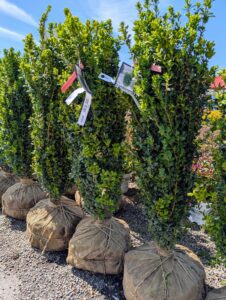
Boxwood make for an attractive landscape plant. Pictured here are ‘Graham Blandy’ Boxwood.
1. Inspect Regularly
-
Check your boxwoods weekly for signs of feeding damage, webbing, or the caterpillars themselves.
-
Use a flashlight and get close — early detection is key!
2. Remove by Hand (for light infestations)
-
Manually pick off caterpillars and prune out heavily infested sections.
-
Dispose of them in sealed plastic bags — don’t compost them.
3. Consider Treatment Options
-
Biological control: Products containing Bacillus thuringiensis (Bt) kurstaki are effective and safe for beneficial insects when applied early in the caterpillar stage.
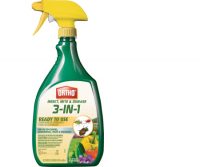
- Chemical control: Insecticides containing spinosad or pyrethrins, such as Ortho Insect, Mite & Disease 3-in-1, or Ortho Insect Killer Tree & Shrub can help in heavier infestations, but follow label instructions and consider impacts on pollinators.
4. Avoid Moving Boxwoods
-
Do not buy, sell, or move boxwood plants unless they are certified pest-free. Moving infested plants or clippings can accelerate the spread.
5. Report Suspected Sightings
-
Help state officials track the spread. If you suspect a box tree moth infestation, take clear photos and report it to:
-
NYS Department of Agriculture and Markets: https://agriculture.ny.gov/reportBTM
-
Or bring a sample to our garden center and we’ll help identify it.
-
Thinking Ahead
If you’re planning to landscape or renovate your garden this year, consider mixing in boxwood alternatives such as:
Sky Pencil Holly
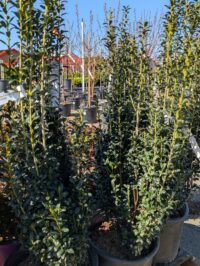
Compact Inkberry Holly
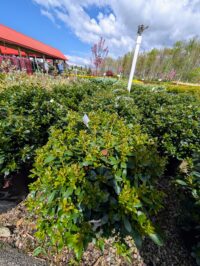
Emerald Gaiety Euonymus
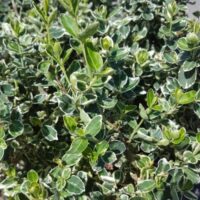
We have all these and more in stock, and our staff is happy to help you select pest-resistant options.
🪴 Stay Informed, Stay Vigilant
At Gullo’s Garden Center, we’re committed to helping you keep your garden healthy and thriving. Stop in for free boxwood health checks, treatment advice, or to explore our selection of resistant plants.

